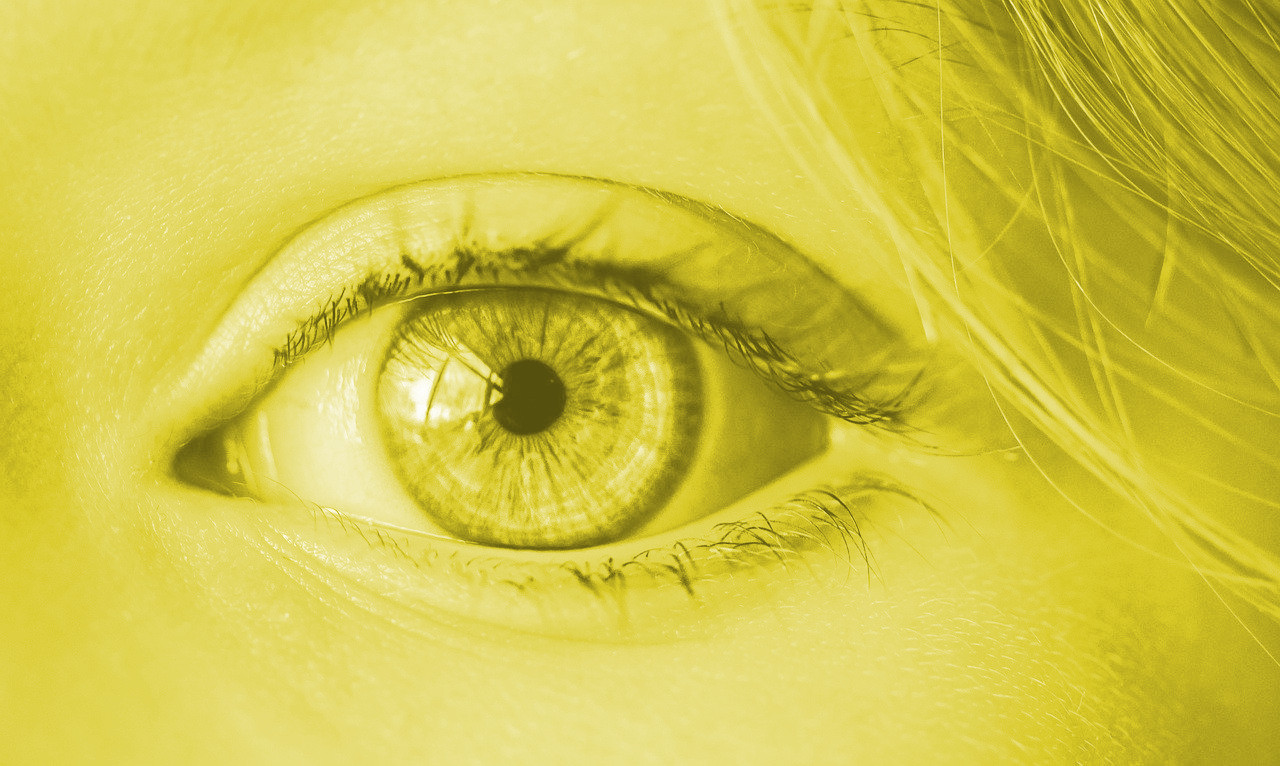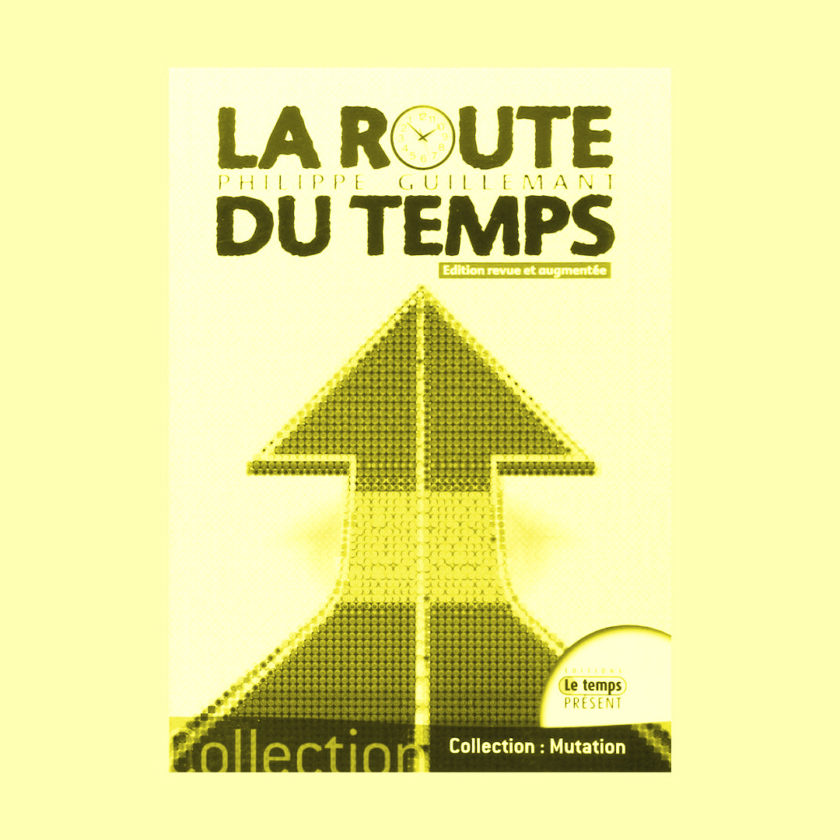Emotion seems to be what we lack most in writing, at least that’s what the younger generations think, who compensate by writing with smileys, emojis and other images.
This need was born in Japan, where writing is essentially ideographic: the image is the text.
In this sense, this need is not present in cultures that have developed around alphabetic writing. This is particularly true of the Latin alphabet, which is the most widely used in the world simply because it is the alphabet of the main vehicular languages (English, Spanish, French, Portuguese) with rare exceptions (Russian and Arabic).
Thus, in Western literary traditions, emotion has always been communicated to the written word in the form of stylistic figures such as parables or metaphors. The image takes shape through a sequence of words, whereas in the East the image takes shape literally through a sequence of brushstrokes or pencil strokes.
The presence of emoji in the writings of digital communication tools is to some extent the mark of an orientalization of writing, even if this phenomenon has been adapted with particular codes according to the regions and countries where this practice has developed.
Should we massively adopt emoji, in our e-mails, in our handwritten letters? Or, on the contrary, should this practice remain confined to certain communication channels such as social networks or instant messaging?
We can see that this use has two undeniable and immediate advantages: time saving and expressiveness. Should we nevertheless abandon literary writing?
At first glance, I would be tempted to answer that no, because words bring a greater wealth of nuances and emojis, unlike Chinese ideograms for example, cannot associate to form new words – at least until now -. Emojis are in themselves archaic scriptures in the sense that all ideographic characters began as literal representations of what they were meant to represent.
The strength of the emoji is that it associates itself with the text to bring emotion to it and to remove any ambiguity.
It can be said that we are not fortunate enough to be able to write literary gems every day because of the demands of the daily work of modern life and the endless interruptions to which we are subjected. Nevertheless, literary or at least careful writing literally trains the mind and the brain. There is an immediate relationship between the mastery of vocabulary and cognitive development. So, for example, to be able to write in an applied and nuanced way with words rather than emojis at least once a day would help to make you smarter. This could be one of your daily mental exercises in the same way that going to the gym trains your body.
“Traditional” writing develops linguistic intelligence while writing using emojis develops more intrapersonal intelligence. Indeed, when we use an image reflecting our morale, our state of mind, we must make a real effort of introspection in order to validate whether or not this emoji represents our “inner world”.










